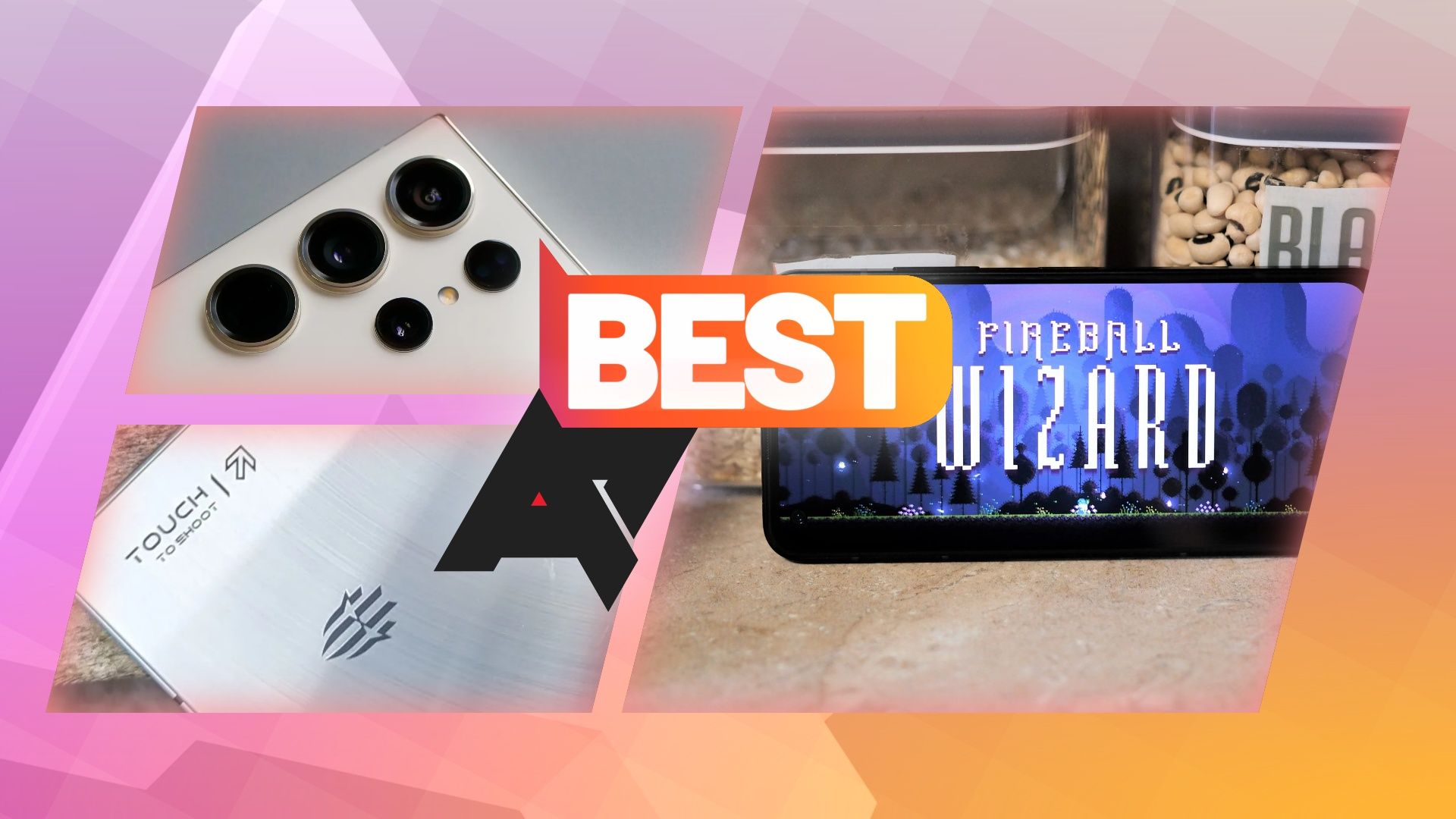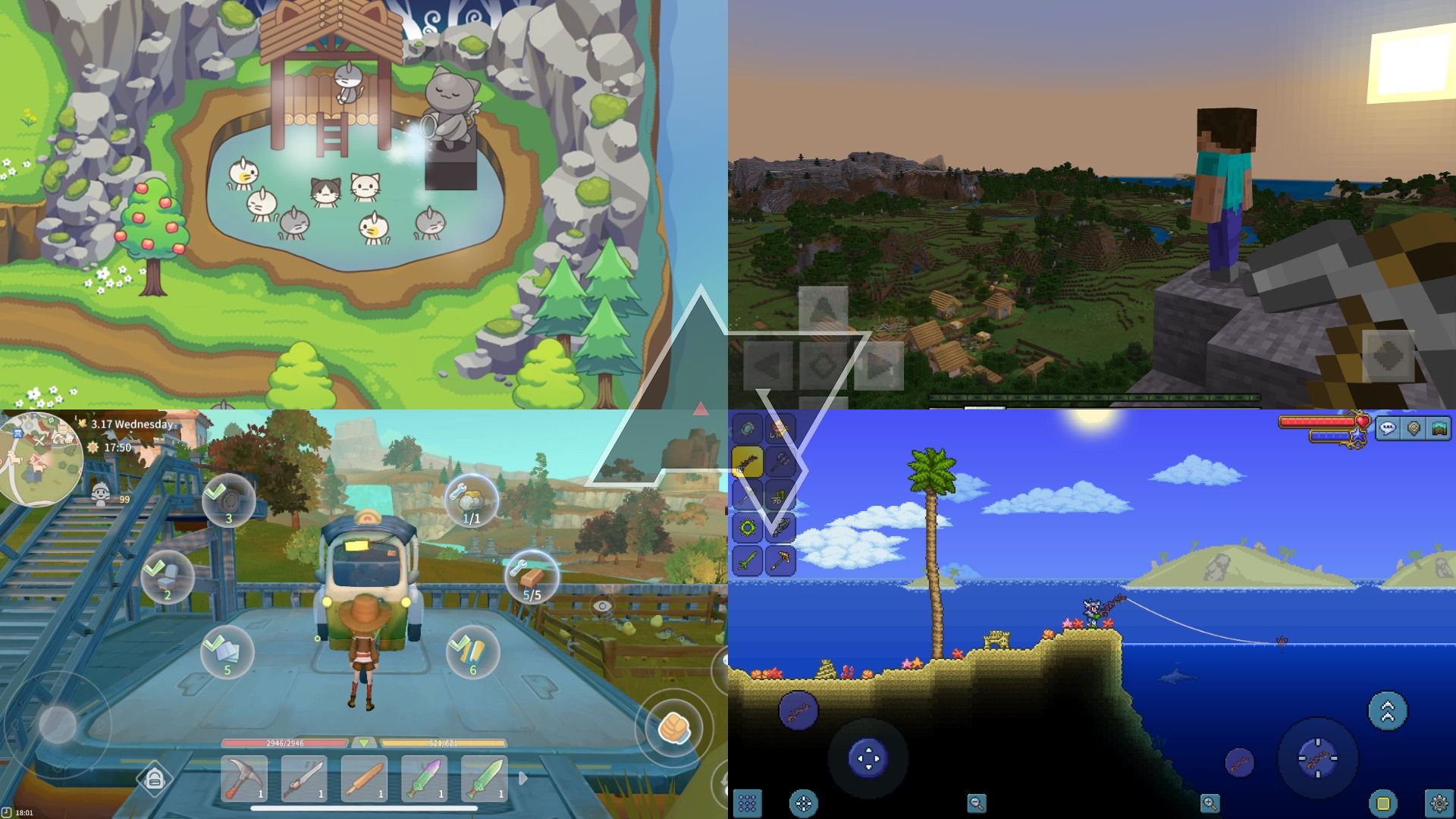Few games have changed the way we think about video games the way that Braid has. Yes, the mechanics and the story were novel, but more than anything, it demonstrated that an indie game could be not just fun and a joy to look at but also profitable. Developer Jonathan Blow says that Braid was the second most popular game on Xbox Live in 2008.

Best gaming phones in 2024
Looking to pick up a new smartphone that’s great for gaming? These are the best gaming phones on the market
Before Braid, the biggest sensation in indie gaming was Cave Story, which appeared right around the time Blow began working on Braid. After Braid, we’ve been gifted an unending stream of now-classic independently developed games like Minecraft, The Binding of Isaac, and Among Us, all hugely successful modern classics.
What is Braid
It’s a challenging indie platformer
If you’d like to see the Android version of Braid in action, here is a thirty-minute video I recorded that shows exactly how the game plays on Android.
But in case you missed the hype train back in 2008, let’s run through what Braid is; then we’ll jump into what makes the Anniversary Edition different. Put simply, Braid is a puzzle platformer with time manipulation mechanics. Most of the puzzles are a joy to solve, although some can be a burden that gives a feeling of catharsis more than joy when you solve them.
When describing Braid to someone who has never heard of it, you have to mention the art and the sound. The game has a vibe, and sometimes it can be more pleasurable to experience the ambiance of the lushly painted, impressionist-inspired levels and introspective, almost melancholy soundtrack.
In contrast to the universal praise for the gameplay and art, the narrative of the game is more polarizing. The story is presented in blocks of text revealed when walking over books lined up at the beginning of each level. I won’t say much more than that, but the story upended lots of expectations at the time.
What’s in the Anniversary Edition
A whole lot of commentary
At its core, Braid, Anniversary Edition is a vehicle for 15 hours of interviews and commentary with Jonathan Blow and the team who brought Braid to life. Yes, 15 hours of commentary. The initial plan was to pepper the game with commentary which would be accessed as you played via non-diegetic icons. The problem with this plan, according to Blow, is that there was so much commentary that it overwhelmed the levels it was commenting on.
His solution was to add 40 new levels to the game with new puzzles and put the commentary there. This is a novel solution, but it also locks some commentary behind difficult puzzles, so if you’re hanging on every word, you’re going to have to conquer all the new content.
The subjects of the commentary are diverse, and the new worlds are organized around five basic themes that you can explore in any order you want. Design talks about how the puzzles and levels were laid out. Programming gets into the nuts and bolts of how Braid’s code works. Visuals explores the look of the game. Sound & Music is fairly obvious. Finally, Business talks about different aspects of the games industry.
I found a lot of the commentary very interesting, especially having tinkered with game design myself. There are a lot of fascinating stories interspersed throughout the 15 hours of interviews. Of course, there are also a lot of times when it was a chore to just sit and listen to someone talk about themselves for 10 minutes. I can say that if you have any interest in making games, there is definitely something here that you will find valuable.

12 best games like Animal Crossing in 2024
You don’t need a Nintendo console to enjoy the serenity of games like Animal Crossing
How is the Android port?
It’s as good as you’d expect
There are two problems with the mobile edition of Braid, Anniversary Edition, and it’s the same two problems that plague nearly every Android port: screen size and controls. It’s not so much that the phone screen is too small to make out the details of the game; rather, the problem is that the full impact of David Hellman’s gorgeous art is lost when it’s compacted.
The new controls work just like you’d anticipate: action buttons on the right and a dynamic directional pad on the left. For the most part, this setup works, and it’s how I’ve been playing the game. The biggest issue is missing the buttons when you’re trying to jump or reverse time. Thankfully, you can’t really “die” in Braid, so there aren’t any permanent consequences to a missed jump that can’t be undone with a time rewind.
Otherwise, it’s the same Braid you’re familiar with, just with the polish of slightly better graphics. Other changes you might not notice are the improved sound effects and the enhanced animations.
Braid, Anniversary Edition will be released on May 14 for Android, iOS, Windows, and PlayStation, and on May 15 for Xbox, with the mobile ports published by Netflix, which means anyone with a Netflix account will be able to play on their favorite mobile device.




